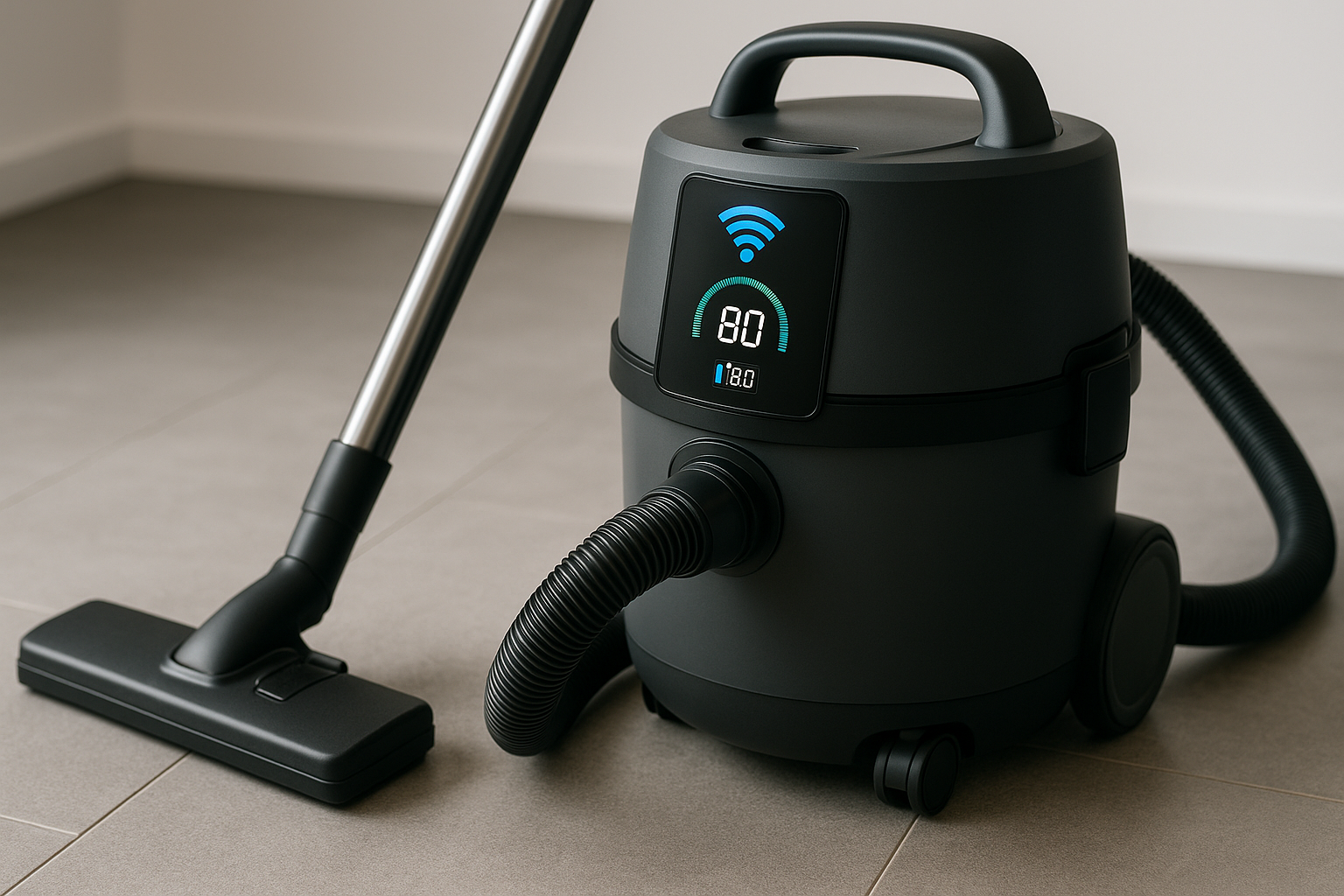Commercial cleaning has always been about power and durability, but the integration of IoT and smart sensors is shifting the paradigm toward predictive maintenance, real‑time diagnostics, and data‑driven efficiency. For facility managers, this means less downtime, clearer service cycles, and better lifetime value from equipment.
The Rise of Smart Technology in Commercial Cleaning
Predictive Maintenance & Uptime
With embedded sensors continuously monitoring motor temperature, airflow, and filter status, commercial vacuums can send alerts before failure happens. Manufacturers like Tennant and Nilfisk are pioneering this field; their smart units reduce unexpected downtime by leveraging data analytics. This trend is well documented in the Facilities Management Journal which highlights savings in both labor and replacement parts.
Improved Cleaning Efficiency
Sensors now help optimize suction power, airflow, and nozzle settings automatically based on floor type, debris load, or room size. These adaptive systems reduce energy waste, improve user experience, and extend component life. Case studies from the IoT Clean Tech Consortium show smart sensor vacuums being up to 30% more efficient in large warehouses.
One of the most compelling ways manufacturers showcase IoT strength is through a model that delivers high suction, portable flexibility, remarkably quiet operation, smart self‑cleansing capability, multi‑functional tools, durable build, fast performance even under load, lightweight handling, energy‑saving controls, efficient filter management, powerful motors, large‑capacity wet dry vacuum cleaner.
Business Impacts & Considerations
Data Security & Reliability: With devices connected, data privacy and cyber resilience become necessary. Encryption, secure firmware updates, and robust cloud infrastructure are now part of the specification.
Service & Warranty Models: IoT enables usage‑based warranty claims, remote diagnostics, and even predictive parts replacement. Customers increasingly expect these features in the commercial segment.
Cost vs ROI Analysis: While IoT equipped units cost more upfront, the long‑term savings from reduced downtime, fewer repairs, and optimized energy usage often offset the difference. Trusted vendors like Honeywell are publishing ROI calculators to help purchasers understand the payback period.
User Training & Interface Design: Simple dashboards, intuitive alerts, and remote mobile apps are essential. A good control panel or connected app can differentiate a product in a crowded market.
Conclusion
In commercial vacuum technology, IoT and smart sensors are not luxuries; they are becoming the central features that distinguish exceptional machines. When these elements are combined with strong hardware, responsive support, and quality assurance, they redefine what value means in industrial cleaning. For innovators exploring connected commercial cleaning platforms and sensor‑driven maintenance strategies, visit lxvacuum’s smart solutions hub.

















